If your website struggles with ranking and doesn’t seem to attract much attention on Google, you’re doing something wrong. Most likely, you’ll need to improve SEO to make the website stand out and be ahead of the competition.
But how to improve SEO and what is SEO exactly? Well, many seem to misunderstand this term, which leads to poor results. Today, we’ll give you our favorite methods to improve search engine ranking and have your site in the spotlight.
Also, we’ll thoroughly explain what SEO is, why it’s important, and give you one extraordinary tool to help you out. Don’t be lazy. Read our comprehensive guide on how to boost SEO and we guarantee you’ll see results pretty quickly on Google.
What Is SEO?
Okay, so before we talk about boosting SEO and all that stuff, let us detour a bit.
SEO stands for Search Engine Optimization and it’s a process of boosting your ranking on the search engine result pages. These are also called SERPs.
Logically, you want your site to appear on the first page of Google or any other search engine for a particular SEO keyword or phrase. However, to achieve that, one must take care of the factors we discuss later in the article.
Essentially, you’ll have to outrank the competition to reach the target audience, thereby, driving more traffic to your website.
You’ll do this through the implementation of relevant keywords, writing quality articles, improving the site-loading time, and so on.
These are only some of the techniques to improve SEO but as you can guess, it’s not that simple. The internet is a huge library of websites and pages. When you type in a particular request, it has to dig out the best possible source of information.
It’s no wonder there’s a parameter called Authority Score, which tells us how credible a particular website is in a niche you’re searching for. The search engine, being the librarian who comes back to you with the search results, needs to be swift and efficient.
It must find the page that will help you the most when you search for something. To do so, it picks out the best sources – those with the most credibility and quality.
Yet, to have these two, you need to improve your website’s SEO. See how important that is?
How to Improve SEO? Boost Your Site’s Ranking on Google With These Tricks
Now that we know the basics of this term, we know these three letters hide so much behind them.
There are TONS of methods to improve your ranking and in today’s guide, we’ll go through the most effective, as tested by our diligent team.
1. Evaluate Old Content Before Creating New Content
One of the most common mistakes is racking up content like crazy without reviewing the old content.
To improve SEO, it’s vital to go through all the old content and ensure you’re not duplicating it. Duplicate content can and will harm your ranking violently.
First, it confuses Google, and second, it confuses your visitors. You want to have carefully laid-out content with pages that focus on different subject matters – perhaps similar but not the same. Imagine you find two pages on our sites talking about how to improve SEO.
Which one would you believe? Which one would Google push out first? Probably neither. To ensure you’re not falling into this common trap, you can, for example, use Semrush and its On-Page SEO Checker function – we found it very handy.
The function will go through all your pages and tell you if you have duplicate content. Also, it’ll suggest new keywords and identify cannibalization problems. Cannibalization is a term that suggests that two web pages are optimized for the same keyword.
Another tip for improving SEO is to perform a full site audit, which the tool can also do, as tested in our Semrush review.
It’ll tell you more about your site’s problems and things that harm your SEO ranking. With this info in place, you can act accordingly and churn out relevant new content.
2. Improve Website’s Loading Times
We don’t know about you but we HATE slow-loading websites.
Take the most popular sites as an example. YouTube, X, and others work wonderfully well, with very few loading issues at hand. They’re, at the same time, used and enjoyed by millions of people.
Simultaneously, to boost SEO, you must improve loading times because Google deems it one of the most relevant factors that directly impact your ranking.
Simply put, the loading speed is measured by how long it takes to load the page after clicking on it in search results.
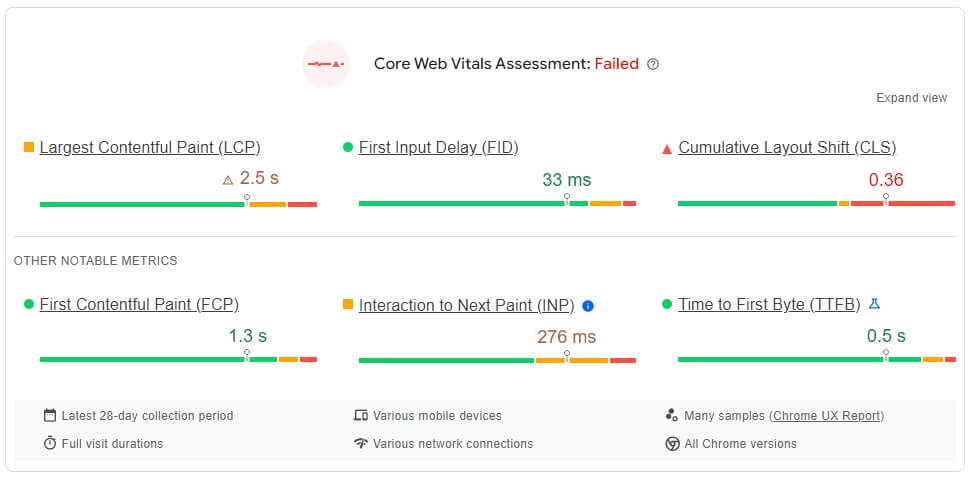
In Semrush, for instance, this parameter is called Core Web Vitals and Google calls it the same. Google evaluates the loading speed of the site through three parameters:
- LCP or Largest Contentful Paint
- FID or First Input Delay
- CLS or Cumulative Layout Shift
The first refers to the loading speed of the main page. Then, FID refers to how fast the page reacts to the users’ actions, while CLS evaluates the visual stability of the page. Semrush offers a handy Site Audit tool we mentioned.
It can show you these three parameters. However, Google’s PageSpeed Insights is also great in this regard.
Now, we explained that loading times are crucial but how to boost SEO by improving your site loading times? Well, we have a few tested solutions:
Use a Reliable Web Hosting Service
The choice of hosting provider plays a vital role in your site’s performance and loading times.
You want to select a provider with excellent performance, almost no downtime, and great speeds to ensure your website works fine.
Our team tested many of them but in short, we can recommend Hostinger as the #1 provider.
Its hosting starts at under $3 a month and you even get a free domain, NVMe storage, and unlimited bandwidth.
However, options like SiteGround and DreamHost are also more than great for improving SEO through performance boosts.
Perform On-Site Optimization
If you take care of your hosting provider choice, you can focus on on-site optimization. Some of the key things you can do include:
- Reducing file size on your pages
- Compress each image you put on the website
- Remove redundant and unnecessary scripts
If your website revolves around illustrations, images, and videos, make sure they’re compressed. You don’t want to necessarily prioritize quality but rather focus on a fine balance between the two.
Also, you or your website administrator can re-examine the scripts on the site and optimize or remove unnecessary scripts. All of this can impact your page-loading times positively and ensure the website works like a well-oiled machine.
Henceforth, you can improve SEO and allow Google or any other search engine to rank your site higher.
3. Focus on Low-Competition Keywords
Many people think that you should focus strictly on “taking down” the fiercest competitors.
This usually means targeting extremely competitive keywords and topics. But oftentimes, if your website is small, you’ll fail miserably and fail to rank the way you want.
Targeting only competitive keywords is a BIG mistake. Instead, if you own a small site, try to target rather “accessible” keywords that you can actually rank for. Now, the question is how to improve website SEO and know which keywords are uncompetitive.
Well, one way – and the best – is to do it through the Keyword Magic Tool in Semrush. It’s truly the best keyword research tool we’ve tested to date.
This tool provides millions of suggestions for keywords, showing all the relevant information about them. They include:
- Keyword difficulty
- CPC
- Volume, and much more…
By knowing these parameters, you can filter out less competitive keywords and focus on them.
Another trick to improve SEO on your website is to focus on the so-called question keywords. These keywords are typed by the people who want specific answers.
Question keywords include “Who”, “Where”, “How”, and others. They’re extremely accurate and because of that, they will inherently limit the amount of freedom in writing you have. After all, when using these keywords, you’ll have to provide an answer accurately.
However, these keywords can improve SEO and make your rank better because you’ll have a concise answer to a particular question asked by users.
4. Optimize Your Pages on the Targeted Keywords
This tip might sound redundant because… well, we all know we should optimize our content on the targeted keyword – duh! But let’s not jump to conclusions that swiftly. If you’re wondering how to improve SEO and website ranking, focus on the targeted keywords.
It doesn’t mean typing the keywords in your blog post or page. You’ll need to use it in the title and meta description as well.
Let’s also not forget the SEO title, which will appear in the search results on Google, Bing, and other search engines.
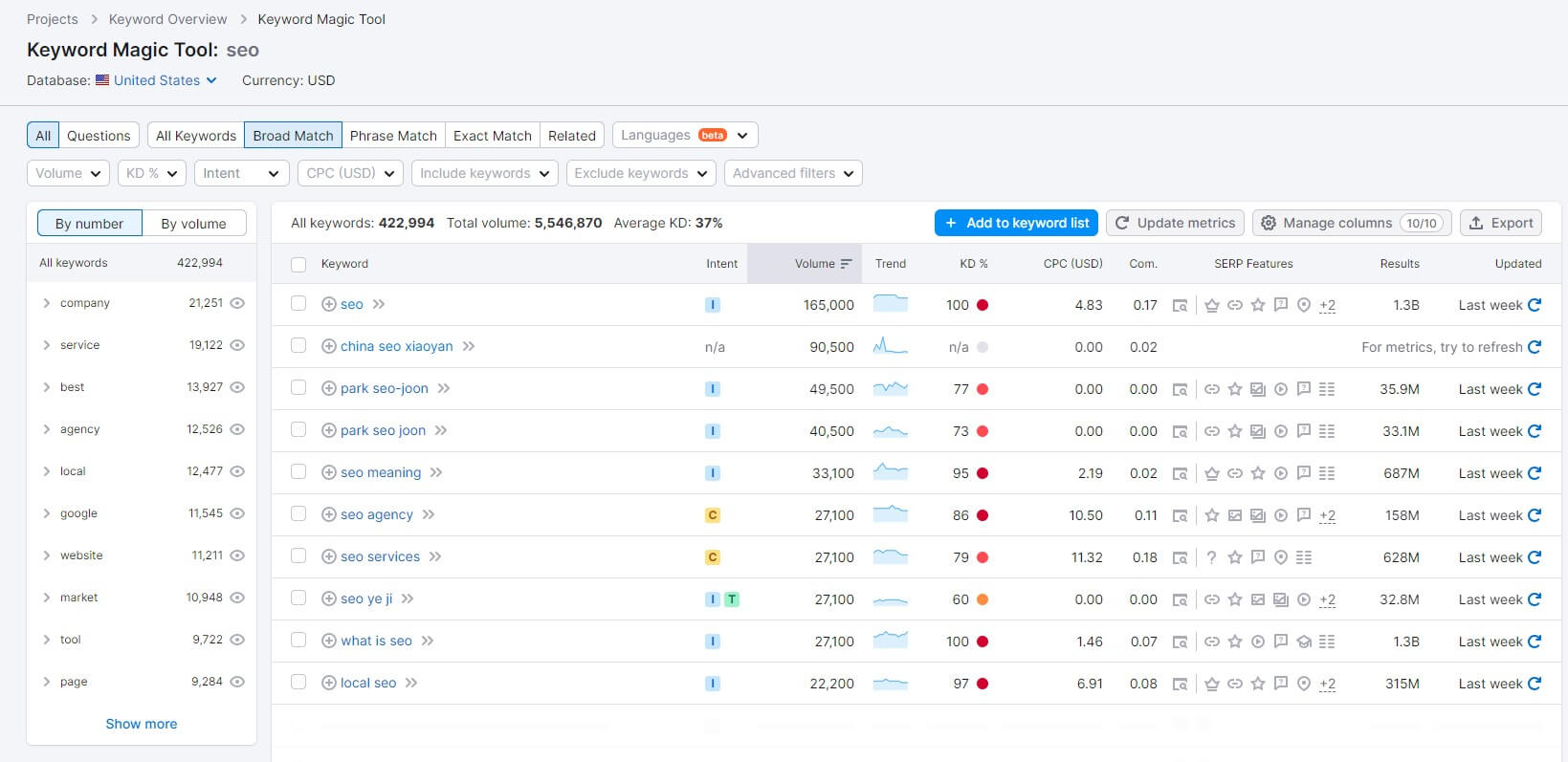
Moreover, the targeted keyword should preferably be at the start of the post, aside from the H1 title.
When discussing keywords, it’s good to mention the so-called LSI or semantic keywords. Again, Semrush’s Keyword Magic Tool can help here.
It’ll display keywords semantically linked to your main keyword. For instance, if the keyword is “research”, an LSI keyword could be “analysis” or “investigation.” LSI keywords are essential for SEO improvement, as they help Google to “understand” what the page is about.
However, Google does NOT use LSI (Latent Semantic Indexing) to rank pages. It’s more of an “indirect” SEO improvement technique that will inevitably lead to better ranking on Google.
Use Semrush’s Keyword Magic Tool
5. Make Sure to Fix Broken Backlinks
Broken backlinks are among the most annoying things that can be detrimental to your SEO.
Just think about how would you feel about clicking on a link that points to something of your interest, only to see the “Error 404” message. So annoying.
Broken links not only annoy your loyal readers but also produce the “bouncing” effect, which means the readers will simply close your site and go to another one to get the information they require. Worse yet, it tells your reader that the site is inactive and unmoderated.
Apart from readers, Google will pick up on broken links like a vulture. Google HATES broken backlinks, as they tell it the same things we mentioned. Thankfully, repairing broken links and updating them with the actual links couldn’t be simpler.
In Semrush, you’ll find Site Audit that you can use for this purpose. It’ll show you the exact number of broken links, and links in question, and how to fix them. Even better, the tool shows you broken images so that you can replace them promptly.
Remember that having a functioning and well-maintained site tells Google you’re relevant and still afloat.
Don’t leave your site unattended, as proper maintenance can and will improve search engine ranking in the long run.
6. Improve Your Internal Linking
Those who know how to improve SEO ranking are well aware of the importance of internal linking. Internal linking is the process of linking internal pages of your website, whereas, external linking leads to another site.
Needless to say, internal links are a MUST for improving SEO and getting ranked better on Google.
However, many fall into the trap of spamming useless and non-sensical internal links, thinking they’ll do anything this way. Well, they’re not.
Google recognizes “bad” and “toxic” links, immediately dropping your ranking as a result. Internal links are placed throughout your pages, blog posts, or articles using an anchor, which is a part of the text. Logically, that part of the text must be connected to the link.
If you’re talking about, let’s say, SEO improvement, you shouldn’t place a link to a hosting provider page. Apart from this SEO boost tip, here are a few helpful tips to consider next time you engage in internal linking:
- Optimize the text of the anchor. In other words, make sure that the anchor signals the reader where the link will take him/her. The reader should be able to tell that a particular link leads to the page he/she’s interested in. Avoid “vague” anchors.
- Link to the most important pages of your site. This is a powerful SEO boost tactic that helps tremendously if done well. Again, you shouldn’t SPAM the links of your most important pages but just prioritize them over the others.
- Avoid over-optimization. Remain natural at all costs. Don’t be “pushy” and shove the links into your reader’s throat. The anchor and the linking process should be natural and flow well. Remember that Google can smell pushiness and spam from a mile away, so over-optimization will be detrimental.
- Organize internal linking. This takes a bit of time and effort but in the end, it’s worth it. Internal linking should be done sensically. It should help the reader and search engines comprehend the relation between different linked pages.
7. Ensure You Have a Mobile-Friendly Website
Do you often browse the internet on your phone? Or perhaps, you prefer your PC?
Well, approximately 55-60% of all web traffic originates from mobile phones. It’s no wonder Google uses its mobile-first indexing method to rank websites.
Mobile-first indexing determines if a website is mobile-friendly and ranks a particular site based on this parameter. Is this parameter crucial? If you’re looking to improve SEO dramatically, yes, it is. As said, half of all internet users go online through a phone.
Now, the question is what makes a website mobile-friendly? Well, we can all agree on one thing – the site should work and “flow” well on your phone. To check if your site is mobile-friendly, again, you can use Semrush.
Its Site Audit function tells you about your site’s Core Web Vitals where mobile speed checks are performed.
Also, Google can show you the same results in its Core Web Vitals report to determine whether or not the website is optimized for mobile devices.
Check Your Core Web Vitals With Semrush
We, however, prefer Semrush and its Site Audit tool. It not only shows you the reports but also gives you solutions and explains them in depth. This way, you can immediately start applying changes and optimize the website to work better on mobile devices.
For us, this is a relevant tactic to boost SEO rankings and ensure that Google recognizes it better.
We’ll remind you to think about the most prevalent sites in a particular niche. Do they work well on your phone? You can bet they do!
8. Get Backlinks From Respectable Sites
Some say there’s no such thing as bad publicity but in the SEO improvement world, there is.
That’s why it’s crucial to get backlinks from respectable and high-ranking sites. We mentioned internal linking but this is the opposite – it’s external linking.
A backlink represents a hypertext link that one site can receive from another site. This way, the site points to another site, which is a recommendation or endorsement, in a way.
If hundreds of people recommend the same doctor, you know he/she is good.
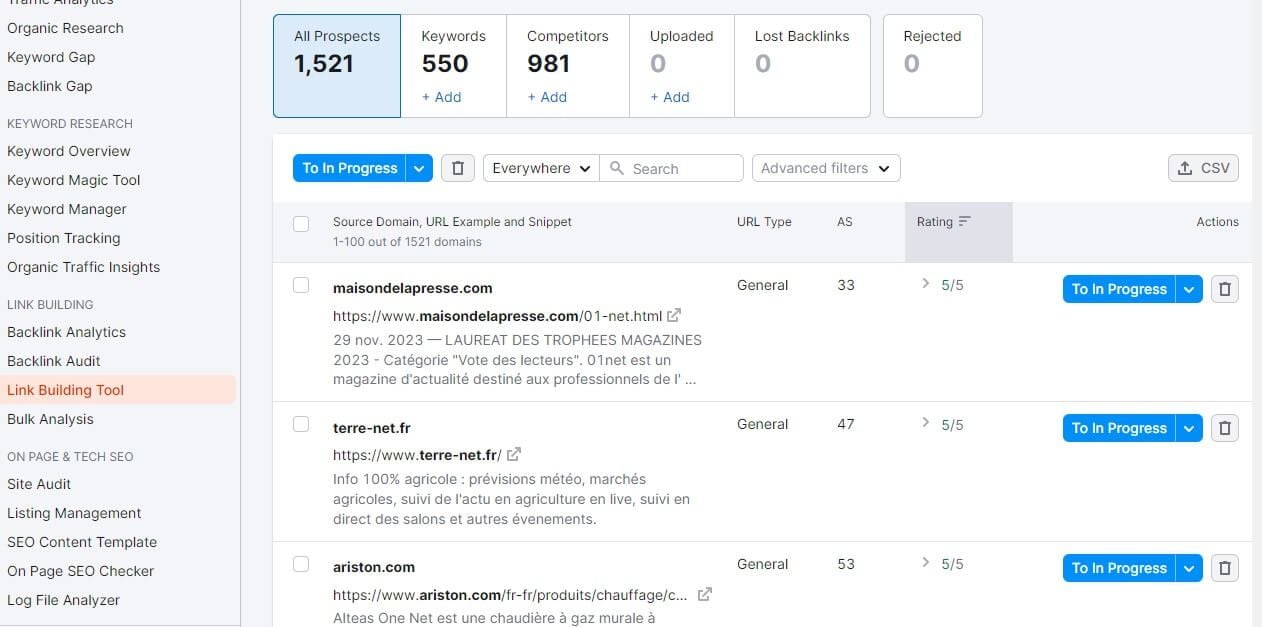
The same situation is if you want to boost SEO. You want as many reputable sites to point to YOUR site, which in turn, tells Google that you provide quality, knowledgeable, and authoritative content in the niche you’re working on.
It’s not that simple, however, as poor-quality backlinks will do the opposite – ruin your reputation and dwindle your SERPs. However, there are a couple of smart methods to do your backlinking properly, including:
- Providing quality content, which will potentially make other sites link your article(s) on their web pages and blog posts.
- Publishing guest articles on another site, putting a link to your site in the article.
- Promotion of your website on various social media platforms, and so on…
Using Semrush for Backlinking
By using the Semrush free trial (for up to 14 days), you can be more effective at backlinking.
This mighty software offers a Link Building Tool that provides you with recommended backlink opportunities. Best of all, it does its job wonderfully.
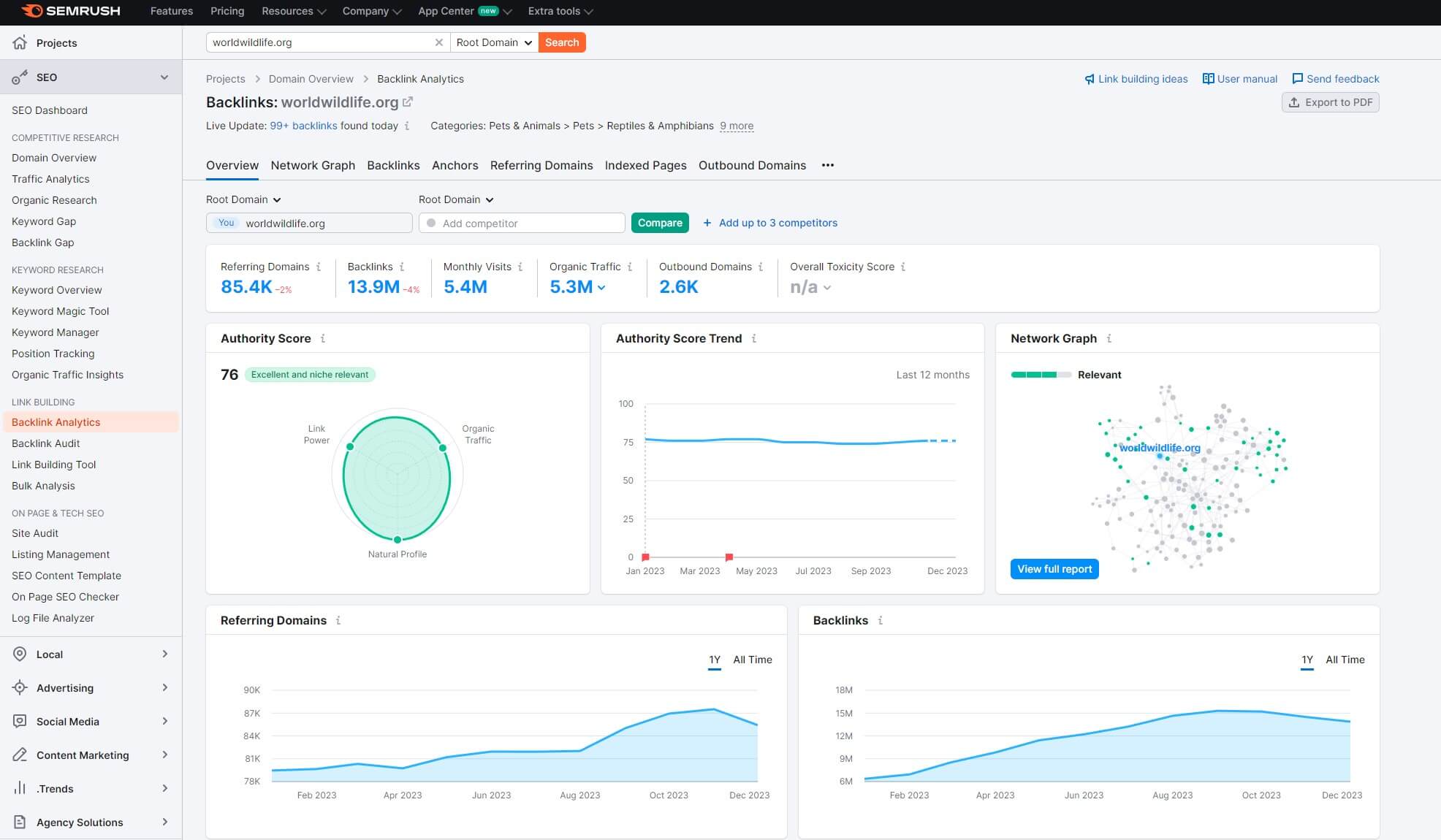
You’ll just need to enter your site’s domain and Semrush will analyze the competition, which will take a few minutes. After that, it’ll show you backlink opportunities by showing relevant sites that you can cooperate with for SEO improvement.
We like the option to directly contact the site owner by sending him/her an email! Once you get in touch with the owner, it’s easy to collaborate and set the terms you both agree on.
9. Don’t Forget Meta Titles/Descriptions & Alt Tags
The things that most novices overlook are meta titles/descriptions and alt tags.
These are particularly important to help Google or any search engine comprehend what your content is about and decide on the ranking, henceforth.
Better yet, a proper meta title and description will attract more viewers! It should be descriptive, yet short and to the point. As said previously in this SEO boost guide, it should also contain the main keyword/phrase.

Alt tags are crucial too. You’ll have the option to add them for every image or video on your page. Leaving these blank is the worst thing to do because alt tags, again, help search engines understand what they’re about, thereby, indexing it the right way.
Besides, did you know that alt tags can also tell the reader what is displayed in the image in case it can’t load properly? That’s why alt tags should be clear and specific, and can even include a keyword to help improve search engine ranking.
10. Include a FAQ Section
FAQ stands for Frequently Asked Questions. These sections are extremely popular but if you’re thinking why, you have your answer – they’re one of the answers to improve Google ranking. Or any other search engine ranking for that matter.
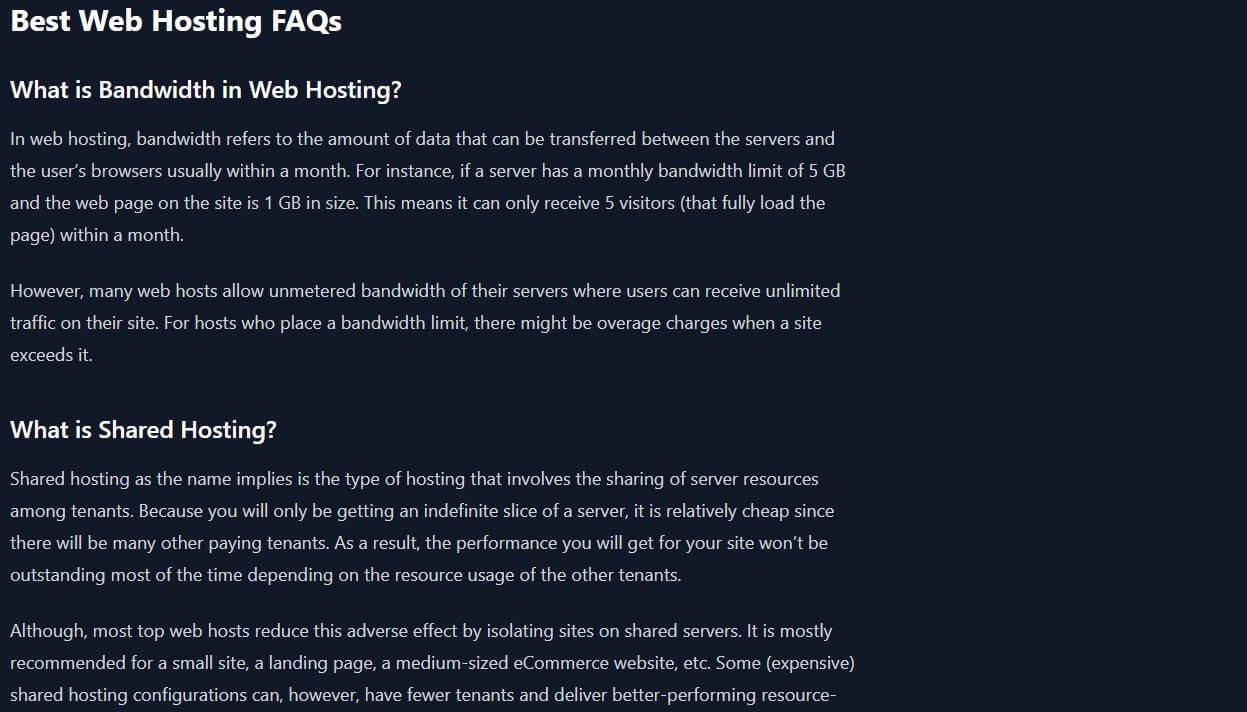
Let us explain the importance of FAQ sections. First, they can answer more reader’s questions, resulting in a bigger satisfaction with the article. Second, they can spike more interest in a reader if you, for instance, leave an internal link to another interesting article in the FAQ section.
Third, Google will also see this FAQ section and help you rank better among your competitors. Google, for example, includes this “People also ask” section in search results, which has these questions that you can see answers to immediately.
By including some high-ranking phrases and keywords in your FAQ, this part of your post can end up in the “People also ask” section. This boosts SEO tremendously and helps you rank better, especially if you use long-tail keywords in the FAQ part.
Long-tail keywords have a lower search volume but are highly specific, helping to drive more traffic and sell the product you might be offering.
11. Improve SEO Through Content Variety
Content variety is going to improve SEO on your website and increase its so-called dwell time. As the name implies, dwell time refers to the time that visitors spend on your site. The more time they spend, the better your SEO rankings will be.
If your content suffers from a lack of variety and is, in plain words, boring, dwell time will dwindle. However, in the niche your site is about, you can most likely do many types of content aside from run-of-the-mill blog posts.
You can, for instance, include videos, how-to guides, long-form content, infographics, and so on. When possible, you can add a YouTube video from your channel to a blog post, which will provide additional info on the subject matter.
Interactive content is also something to consider. It entices your readers to participate, which boosts engagement, and by extension, dwell time. You can include polls and quizzes, for example. By inertion, readers should intuitively vote for their pick or answer a question.
You can play around as much as you want and if content variety is present on the site, you’ll improve search engine ranking over time.
To monitor your results and perfect your SEO tactics, you can use SE Ranking and start a 14-day trial.
12. Place the Website in a Featured Snippet
Having your page or pages in a featured snippet at the top of search results speaks volumes about your site.
However, getting to that point is no easy feat. Google will put the page in a featured snippet if it answers fully or partially to a specific question.
It chooses from the top 10 websites in the specific niche and picks the one that has the best answer. As you can guess, these websites have a high Authority Score, which tells us they’re knowledgeable and provide genuine content in that niche.
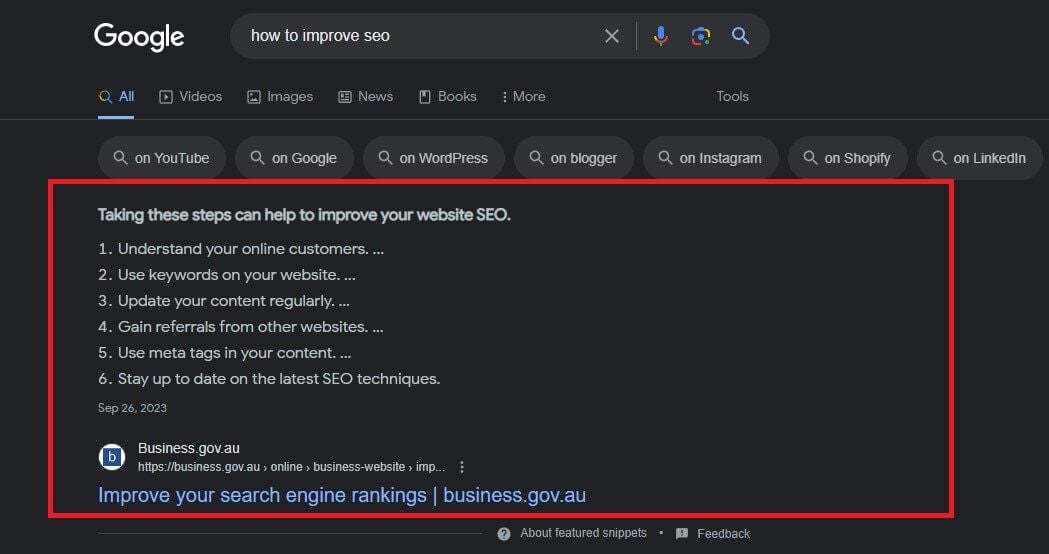
What can you do to make your site appear in a featured snippet? Well, that’s a good question but you can start with proper keyword optimization and focusing on the keyword(s) you rank for the best. Then, you’ll need to format the page properly.
Oftentimes, it’s good to identify the query and format the page accordingly. Make sure to use precise language and be descriptive about the subject matter. Also, don’t hesitate to include lists, tables, definitions, and other formats of content.
In simple words, your content should be suitable for a featured snippet. After all, Google will take a single table, paragraph, definition, or anything else, and it should fit into the few-row answer to a specific query.
Long paragraphs, vagueness, and unclear language surely won’t fit the bill. But if you take great care of content optimization and display an imposing level of knowledge and authority over the niche you’re in, you will make it to the featured snippet and improve your SEO.
13. Focus on the User Experience
Improving SEO can also be done through the user experience.
This is maybe one of the most crucial aspects of SEO in Google’s eyes. This search engine will push the websites that display and produce their content the “right” way.
The accent on user experience is huge, as this is the #1 factor that increases dwell time. If the content is delivered to users intuitively, naturally, and engagingly, users will come back to the site. Not to mention the on-site experience, which has a staggering impact.
Smooth, good-looking sites with a heap of carefully laid-out information tend to stand out. This SEO improvement tip can be accompanied by other tips on the list, such as decreasing your page-loading time, ensuring the site is mobile-friendly, and so on.
All of this enhances the user experience and makes the website more approachable, enjoyable, and likely to attract new and returning users.
14. Update the Website Frequently to Improve Google Ranking
To improve website SEO, you should undoubtedly focus on updating it frequently.
You can have top-quality blog posts and articles but if their information is obsolete, they’re in vain. Even worse, if your keywords and phrases aren’t ranking well, your SEO will suffer.
You can again use the Site Audit tool from Semrush to ensure everything is in order. Also, you can manually update the most important articles to have actually information. For example, if a product you reviewed has new features, update the review to reflect them.
Audit Your Website with Semrush
The same could be said about product pricing, which should match the actual pricing. In some cases, you’ll need to add new keywords, change table entries, and add/remove outdated videos. All of this tells Google that your site is still relevant.
Don’t forget to update the date of your page to give another signal that the improvement is in place. You can also go to Google Search Console and request indexing by inputting the URL of the updated article, blog post, or page.
15. Improve Local SEO
If you’re still wondering how to improve website SEO, your answer might lie in local SEO. This is an optional tip but if your website aims to attract users from specific geographical zones, ranking in these areas/countries might prove useful.
Google has something called the Local Pack. When you type in a specific search query, Google will usually display the top 3 businesses first, along with their location. You have noticed this, right?
If local SEO is what you’re looking for, you’ll need to optimize your keywords for the local market. Let’s say that market is France. In that case, you can use Semrush’s Keyword Magic Tool to provide you with the keywords that would rank well in this country.
Also, you can add your business location to the site or even create a GMB (Google My Business) account to make yourself stand out. When creating content, make sure you cover the topics that users are searching for in the specific region.
Local SEO is another topic, and quite a broad one, but these were some of the tips to improve SEO in your country or any other region you’re after.
Summary: The Key Takeaways
So, how to improve SEO or search engine ranking? Today, we gave you 15 crucial tips for SEO improvement that you can implement right away. We recommend using Semrush during the process, as it aids and simplifies the entire process.
Thanks to the set of advanced SEO tools we discussed, improving your site’s Google ranking shouldn’t be a problem.
The key is to be consistent. Update your site, keep it healthy, and focus on superb keyword optimization. Make your website run faster and focus on the user experience.
Don’t forget to provide exquisite content that screams quality and aims to satisfy each visitor. While you can do all of this on your own, Semrush and its 14-day free trial shouldn’t be neglected. It will provide much-needed content opportunities and other vital tools.
Just to remind you, the 2-week free trial can be obtained through our site. Should you become interested in it and decide to take utmost care of your website SEO, you know what to do. Thank us later. Or don’t. Your call.
Enjoy a 14-Day Free Trial on Semrush
01net may earn a commission when a purchase is made via affiliate links.